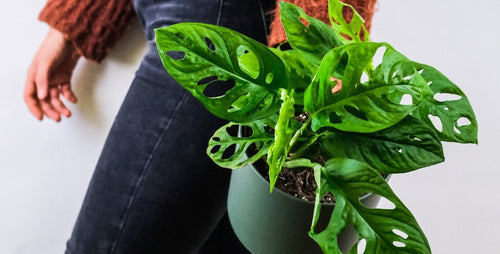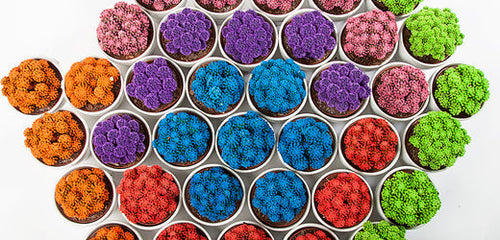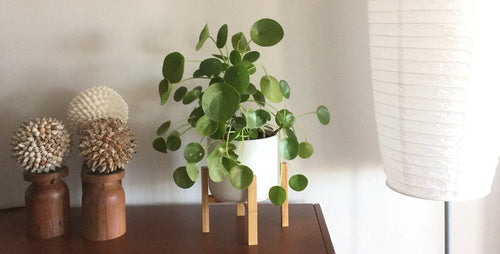Light and temperature, two factions in plant growth, change in summer. Even indoors.
Here are things to consider in caring for your indoor plants in summer.

1. Consider light
According to an article published by the National Center for Biotechnology Information, just like you, your plants react to circadian rhythms. “Plants respond to environmental changes by triggering biochemical and developmental networks. As a result of the rotation of the earth on its axis, the circadian clock provides plants the ability to adapt to daily changes in environmental conditions and the ability to time the production and consumption of energy.”
Because days are longer in summer and the sunlight is more intense, the light that your plant receives indoors may be too h2. You may need to move your indoor plants around in your home so that they aren’t overexposed to light (not all houseplant species appreciate more intense light). If plant leaves are turning brown, they may be reacting to too much light.
But there’s also shade to consider, even indoors. If you have deciduous trees around your home, they leaf out in summer. A once-sunny spot indoors may now be much more shaded. If your plants need more light, they may react with yellowing leaves. Inspect your plants and move them accordingly.
2. Watch temperature
Cold drafts don’t just happen in winter. Plants sitting near or beneath air conditioning vents may experience blasts of chilly air that they don’t appreciate. Move plants to areas where they are not in continual cool areas. Most houseplants prefer temperatures that range from 70 to 80°F.
3. Add nutrients
Summer is an ideal time to fertilize your plants. Use a fertilizer formulated for houseplants. Always follow directions when using fertilizer. More is not better; in fact, too much fertilizer can hurt plants. Read more about feeding your plants.
4. Check for pests
If your plants are spending the summer on a porch, they will enjoy the gentle breezes of summer. But those breezes can also bring pests. Do a weekly leaf check for tiny infestations of scale, spider mites, and aphids.
5. Clean leaves
To help plants photosynthesize to their maximum potential, their leaves need to be clean and free of dust, dirt, and pollen buildup. Wipe plant leaves cleans every couple weeks. Get a recipe for cleaning leaves and making them shiny.
Written by Karen Weir-Jimerson

















